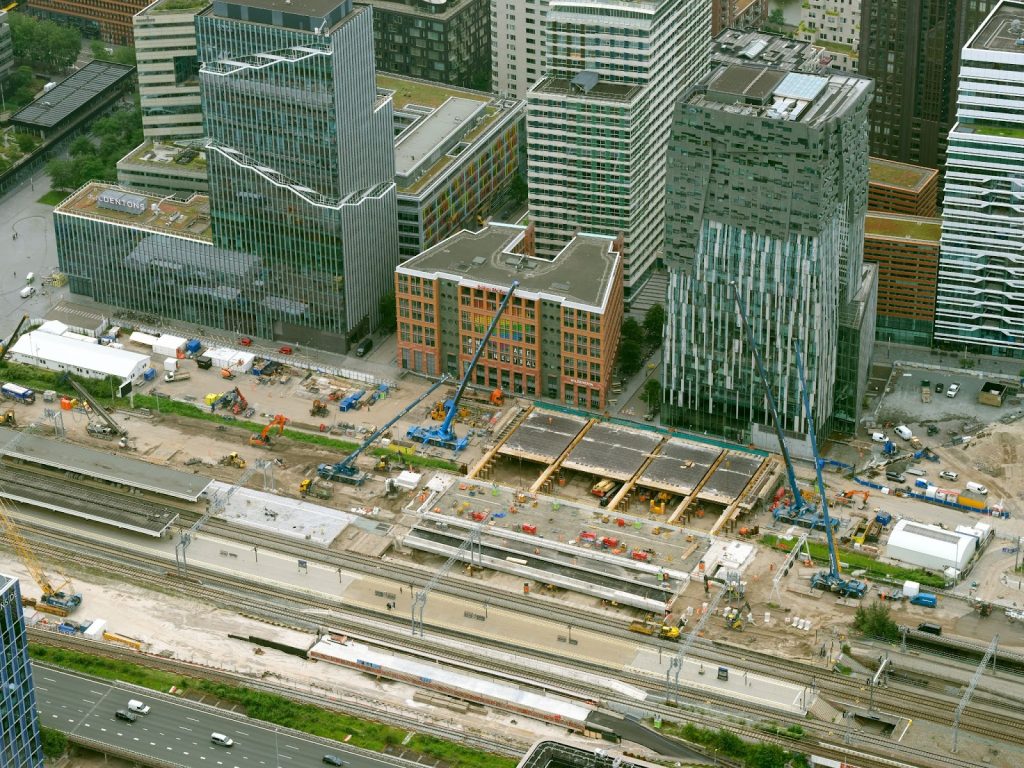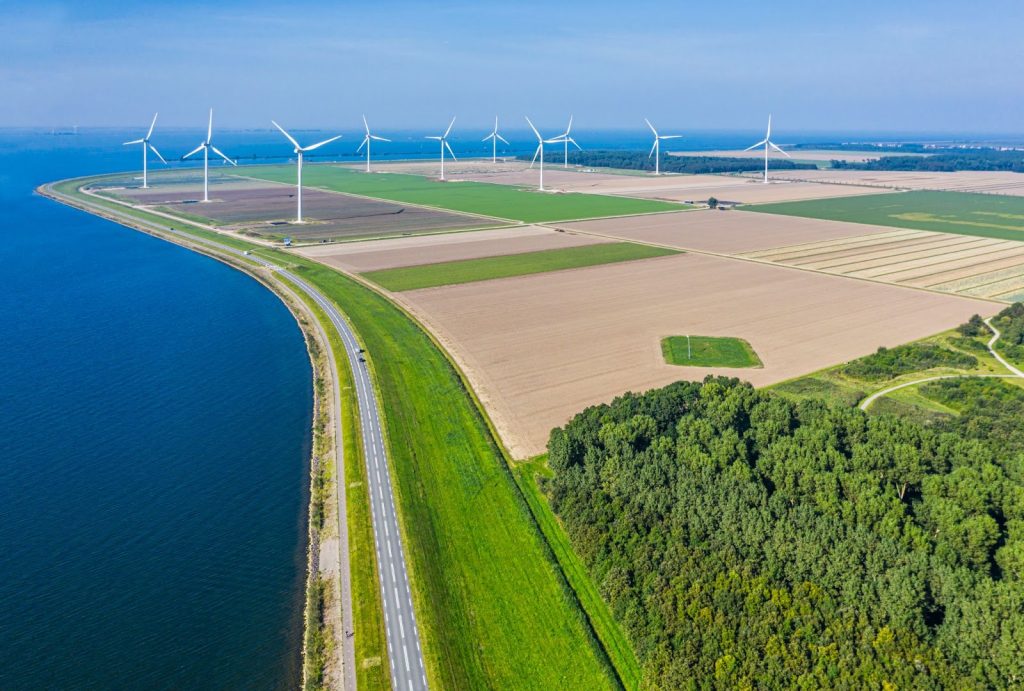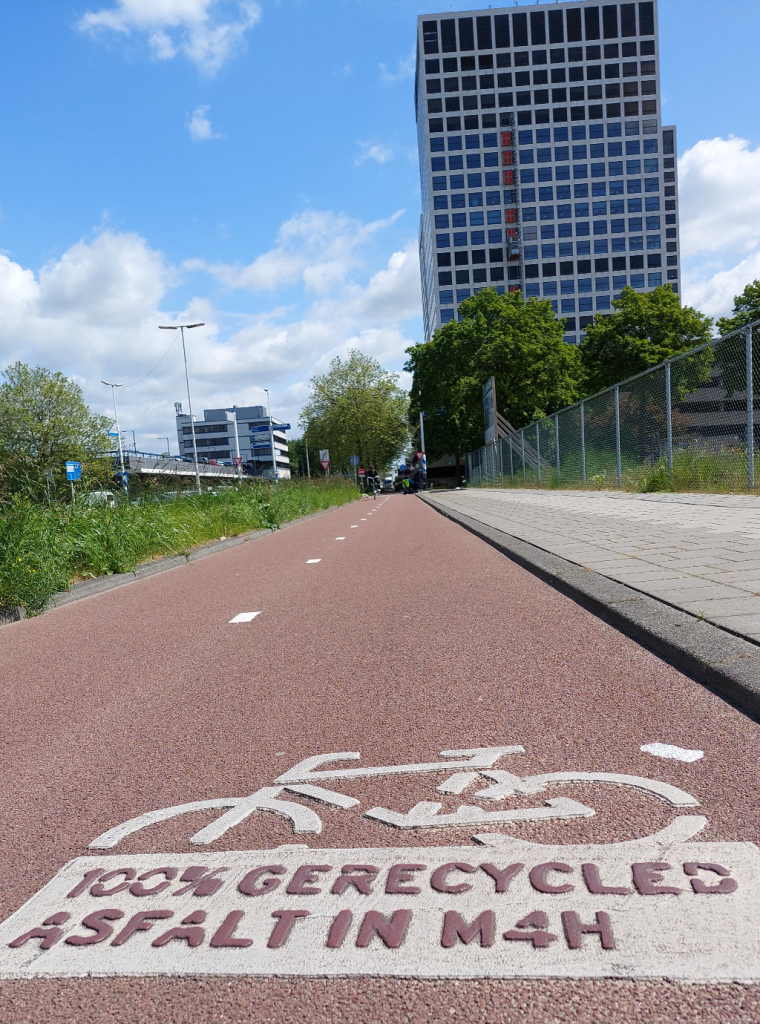We have four use cases for our XCARCITY programme, spanning two municipalities and one metropolitan area: Amsterdam, Almere, and MRDH-Rotterdam. In these uses cases, we are actively working together to shape areas with fewer cars and improved mobility.
Amsterdam

The City of Amsterdam aims for an accessible and safe environment with a high quality of life where citizens and visitors can live, work, and enjoy public spaces. To achieve this, Amsterdam’s municipality participates in projects like XCARCITY to develop new knowledge that will enhance its existing tools (e.g., transport models, evaluation methods, scenario analyses) and support policy-making. Amsterdam faces challenges such as a growing population, pressure on public space, and climate change, which all impact the quality of public spaces and the mobility system.
The city sees the potential of innovative (smart) mobility measures to achieve its objectives. Specifically, Amsterdam supports the development of digital twins to improve decision-making and understand the impact of smart mobility solutions in new spatial developments. The Zuidas area has been chosen as the use case for the XCARCITY Program. Zuidas faces significant challenges and requires new knowledge to remain accessible and livable. The focus in Zuidas is to support the mobility transition and promote sustainable mobility behavior. Additionally, new tools are needed to aid decision-making in public space design.
Almere

Through the XCARCITY programme, Almere seeks insights into smart mobility options and their design implications for the mobility system. Known for their design ateliers, Almere is interested in the supporting role of digital twins for strategic smart mobility and urban planning, and the potential of VR technologies to understand future traveler behavior. Almere intends to explore three core urbanization scenarios (focusing on density and program) to determine who will live and work in this area. These scenarios will help define mobility alternatives and assess their impact on the liveability of inhabitants and entrepreneurs in their daily life.
MRDH (Rotterdam)

Rotterdam, has two use case areas: Merwe-Vierhavens and Stationstuinen in Barendrecht.
In Merwe-Vierhavens, together with BMW Group, Rotterdam will investigate the future role of vehicles in the area and develop a long-term vision of how a vehicle should function and look. Through the XCARCITY programme, they would like to use digital twins to predict how people behave and how much traffic will be in the area.
In the Stationstuinen area, significant development is planned in the coming years, including an increase in housing. The area aims to adopt a low-car neighborhood design, addressing and testing the concept of mobility hubs. Questions such as “How does a mobility hub work?” and “How does a mobility hub look at the streetscape level?” will be explored through the XCARCITY Program. This use case aims to integrate the diverse expertise of the XCARCITY consortium to determine and implement the best solutions.